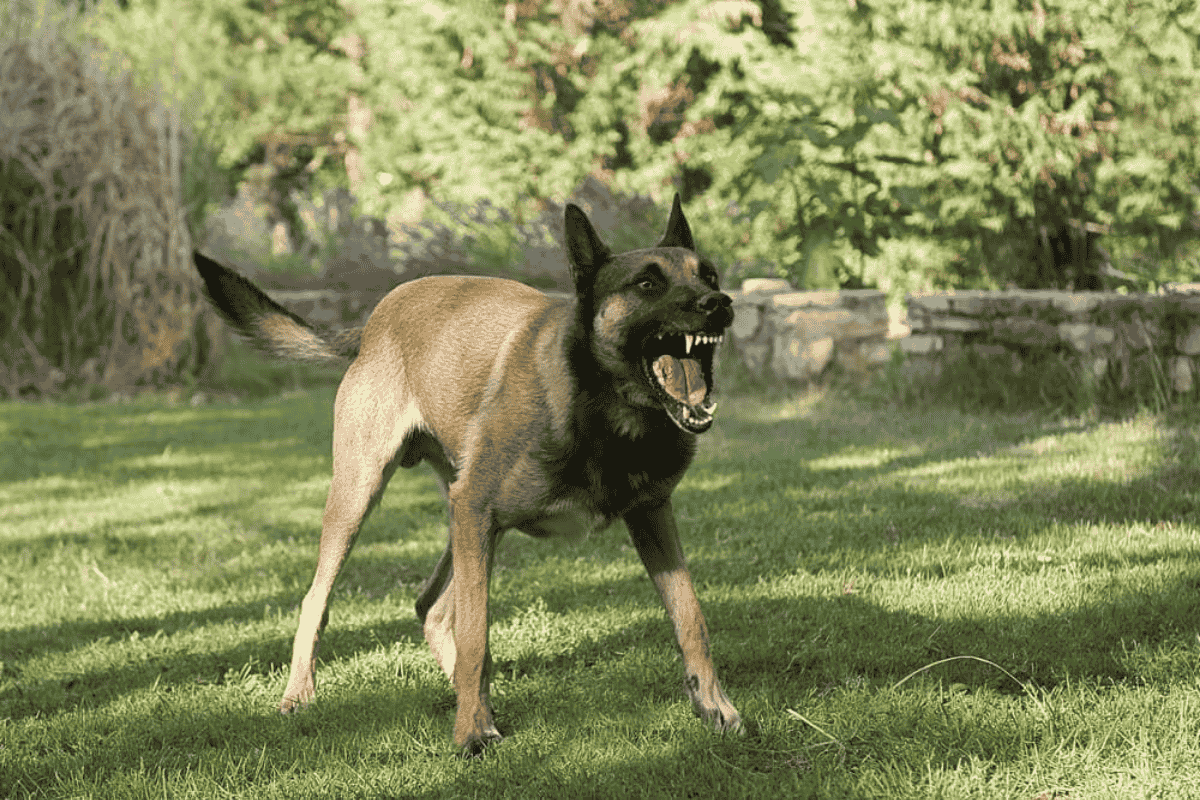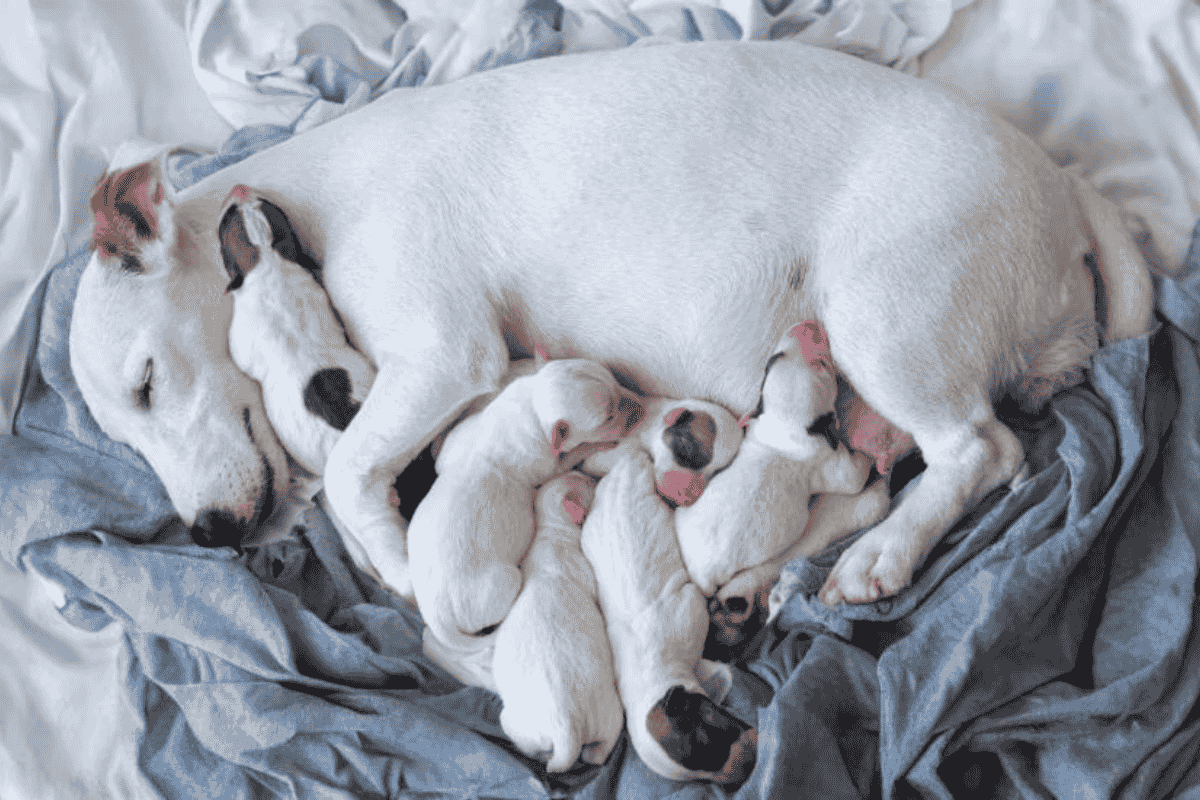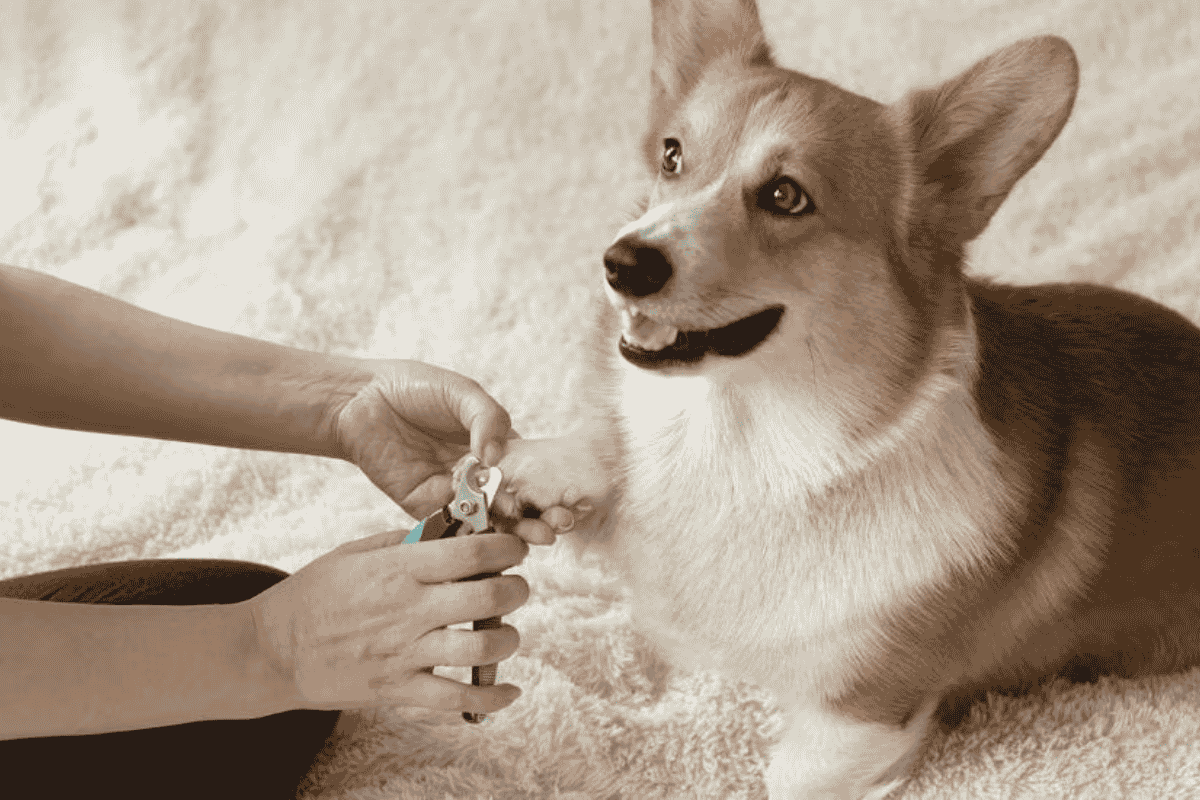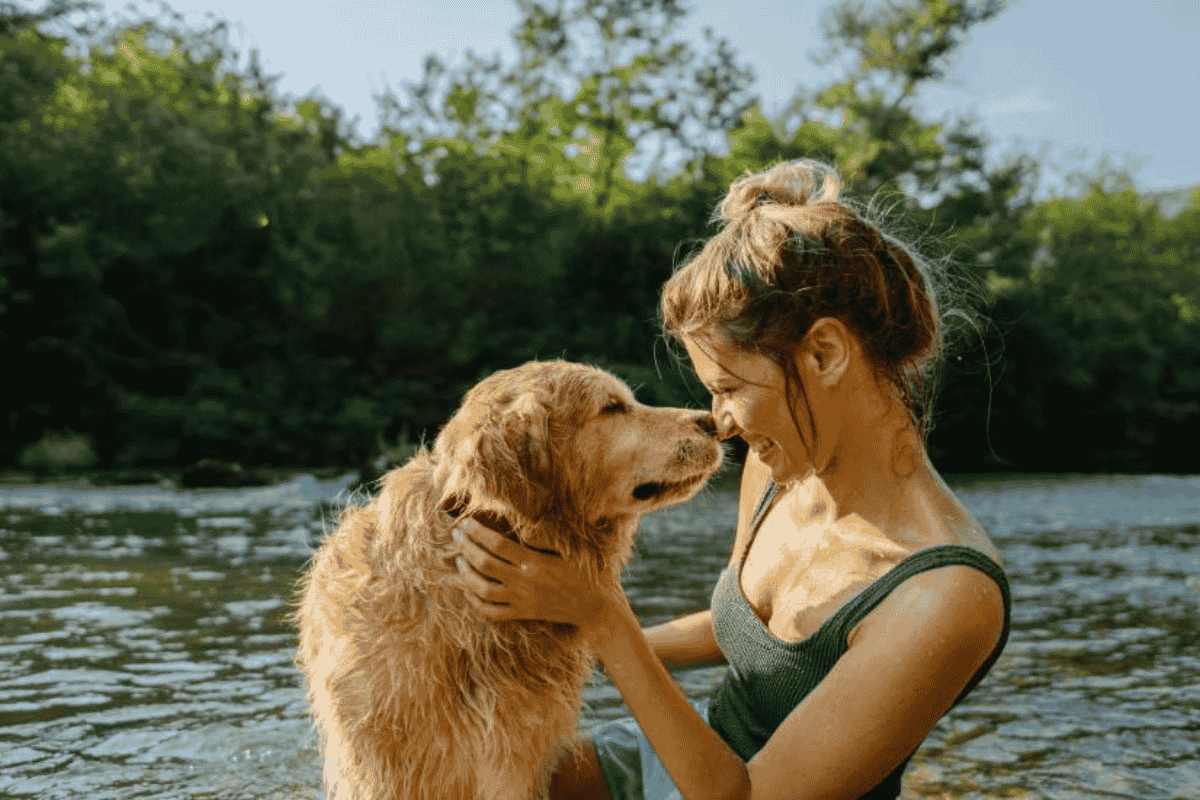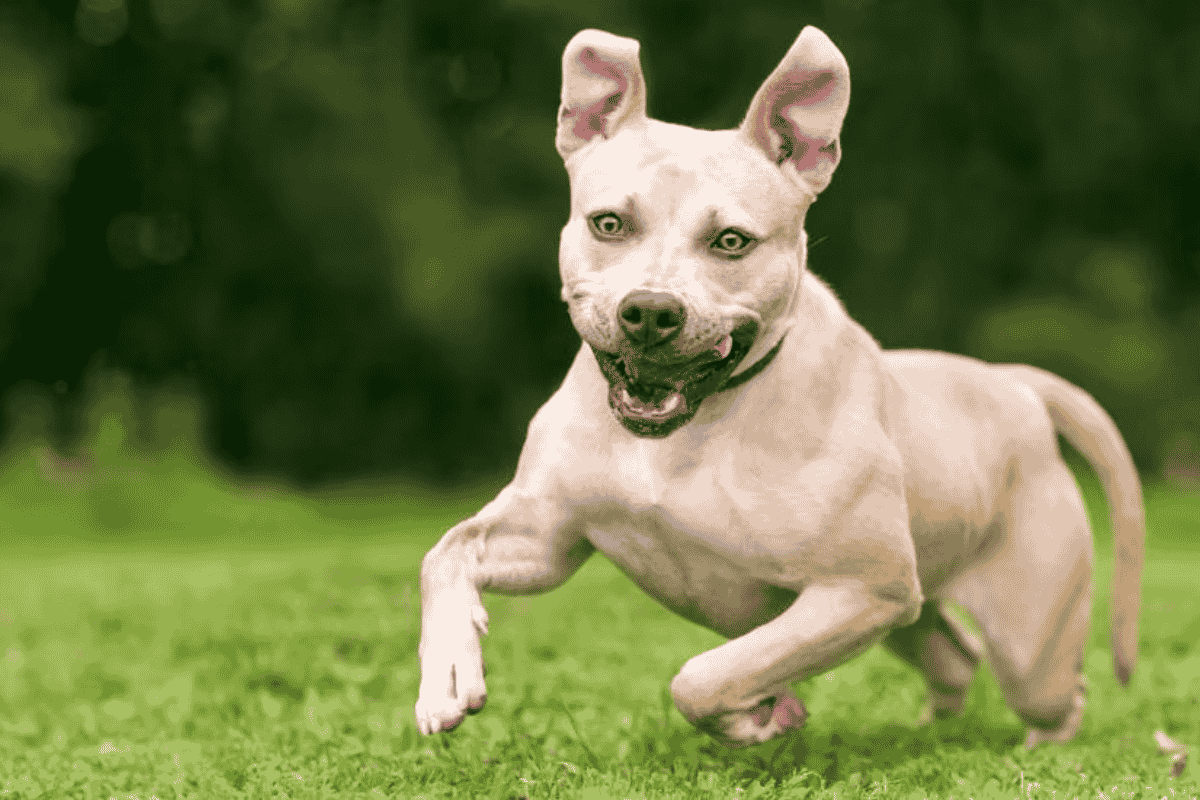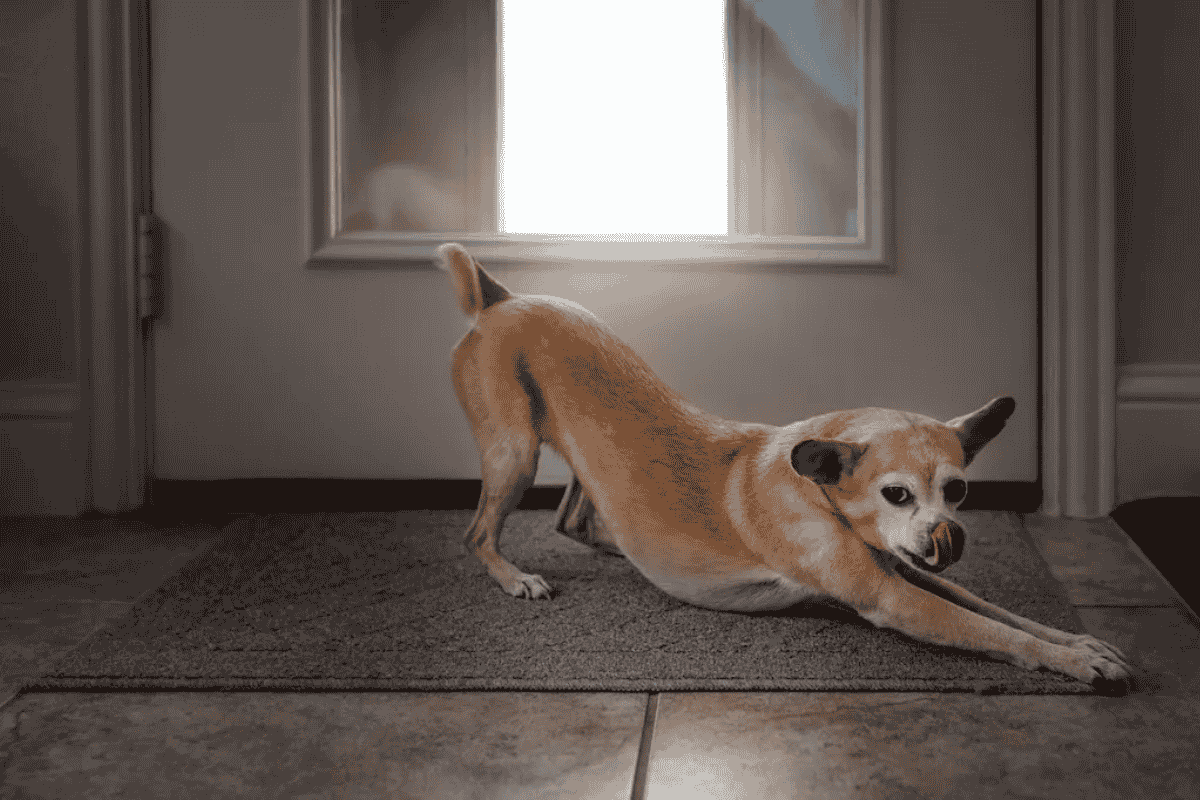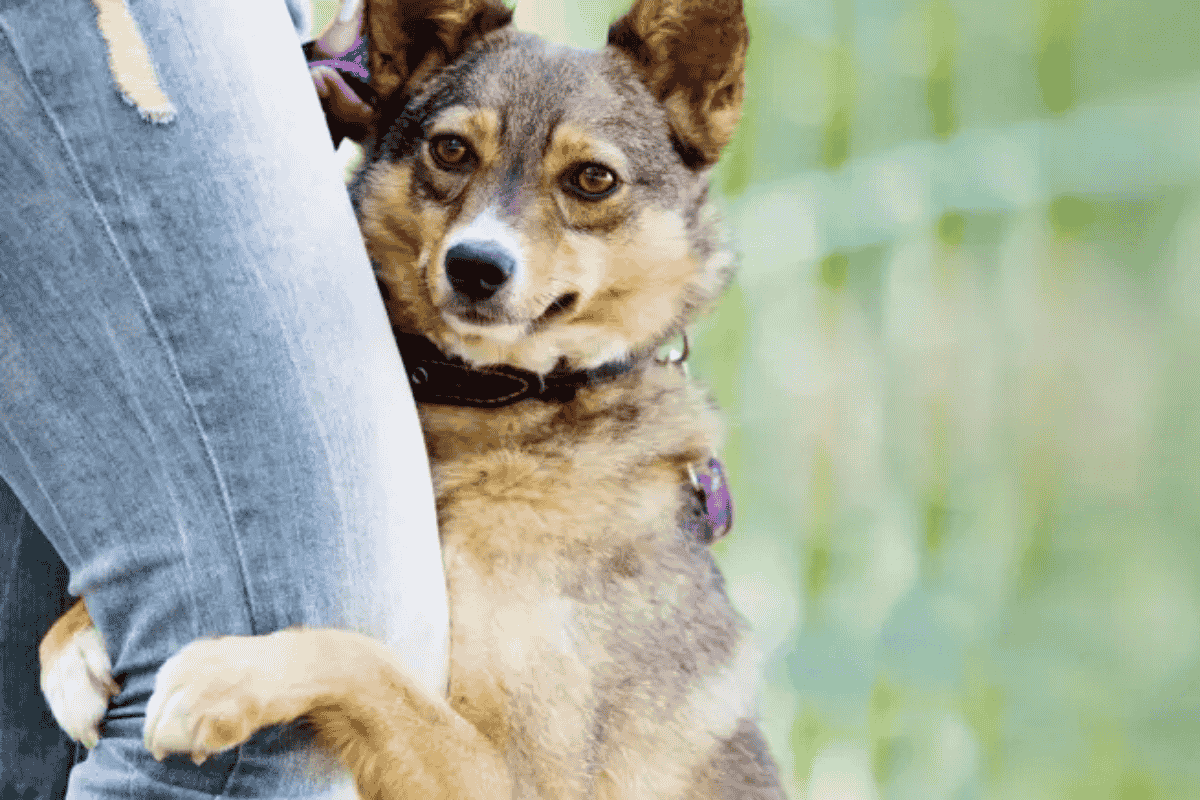Aggression in dogs is one of the most feared and misunderstood behaviors among pet parents. While it can feel alarming, aggression isn’t always a sign of a “bad” dog.
In fact, it is a form of canine communication that can stem from pain, fear, confusion, or environmental triggers. Learning to recognize and interpret aggressive behavior is the first step toward addressing it safely and effectively.
What Are the Signs of Aggression in Dogs?
Aggression doesn’t always look like snarling or biting—it exists on a spectrum. Some signs are subtle, and many pet parents miss them until behaviors escalate.
Early Signs of Aggression:
- Yawning or freezing in place
- Hard, direct staring
- Lip curling or licking
- Nose bumping (a warning signal before biting)
Overt Signs of Aggression:
- Baring teeth
- Growling or air snapping
- Lunging
- Mouthing without pressure
- Biting with bruising or broken skin
Recognizing these cues early allows you to intervene before the situation worsens.
Are Certain Dog Breeds Aggressive by Nature?
Contrary to popular belief, no breed is inherently aggressive. While some breeds are perceived as more threatening due to size or physical traits, aggression is not determined by breed.
Instead, aggression results from a mix of genetics, environment, development, and experiences:
- Genetics: Puppies born to fearful or aggressive mothers may inherit certain tendencies.
- Development: Dogs raised in deprived or stressful environments may develop guarding behaviors.
- Trauma: Abuse or negative experiences can trigger specific aggressive responses.
Aggression is situational and should never be used to stereotype breeds.
Types of Dog Aggression
Dogs may show aggression for many different reasons, including:
- Leash Aggression: Barking or lunging when restrained on a leash.
- Barrier Aggression: Reactive behavior from behind fences or windows.
- Fear Aggression: Escalating from subtle signals (yawning, freezing) to lunging when pushed past comfort.
- Pain-Based Aggression: Biting or snapping when touched due to discomfort.
- Redirected Aggression: Targeting a nearby person or pet when unable to respond to the real trigger.
- Possession (Resource Guarding): Protecting valued items like food, toys, or even garbage.
- Territorial Aggression: Defending perceived territory such as the yard or home.
- Dog-Dog Aggression: Reactivity toward other dogs, whether unfamiliar or housemates.
- Dog-Human Aggression: Aggression directed toward people, often tied to fear, pain, or resource guarding.
Why Is My Dog Suddenly Aggressive?
“Sudden” aggression often has an underlying cause. Common triggers include:
- Medical Issues: Pain or illness (always rule this out with a vet).
- Environmental Changes: New people, construction noise, or disrupted routines.
- Missed Warning Signs: Subtle stress signals overlooked until the dog escalates.
How to Calm an Aggressive Dog
The worst response to aggression is meeting it with more aggression. Punishment may suppress the behavior temporarily but worsens fear and removes warning signals (like growling), increasing the risk of bites.
Instead, focus on understanding:
- Frequency: Does it happen daily or rarely?
- Duration: How long does the behavior last?
- Targets: Is it directed toward everyone or specific people/animals?
This context helps identify the root cause and the right training strategy.
How to Stop Dog Aggression
Prevention and Early Socialization
Proper puppy socialization, exposure to new experiences, and ongoing positive training can reduce the likelihood of aggression later.
Professional Training and Management
A certified positive-reinforcement trainer can create a personalized plan that may include:
- Management strategies (quiet spaces, avoiding known triggers).
- Desensitization and counter-conditioning to change emotional responses.
- Veterinary support for pain management or anxiety medications if needed.
Aggression in dogs isn’t simply about intimidation or dominance—it’s a form of communication. By understanding the root cause and applying the right techniques, you can help your dog feel safer, reduce aggressive outbursts, and restore peace at home.
